by Adam Estes
With the Flying Leathernecks Aviation Museum edging closer to reopening at its original home within the grounds of former Marine Corps Air Station (MCAS) El Toro in Irvine, California, it is interesting to note that the museum may well receive an additional exhibit which the City of Irvine had already acquired for display in what is now Orange County’s Great Park. The artifact in question is a now-rare Lockheed PV-1 Ventura, a WWII-era maritime patrol aircraft. This is the story of that PV-1.
Built in Burbank, California by the Vega Aircraft Corporation, a Lockheed subsidiary, as construction number 237-5336, the US Navy accepted the airframe as (Bureau Number) BuNo.33327. Soon afterwards, the U.S. government transferred BuNo.33327 to the Royal Canadian Air Force (RCAF) under the Lend-Lease Act. The RCAF formally accepted the PV-1 into their ranks as a Ventura GR Mk.V (serial number 2198) on June 15th, 1943, along with several other Venturas from the same production batch. Assigned to No.149 (Bomber Reconnaissance) Squadron – formerly No.149 (Torpedo Bomber) Squadron – as part of the RCAF’s Western Air Command, RCAF 2198 was stationed at Annette Island Army Airfield on Annette Island off the coast of Alaska during the summer and fall of 1943, and later at RCAF Station Terrace (now Northwest Regional Airport Terrace-Kitimat) on Terrace Island, British Columbia into 1944.
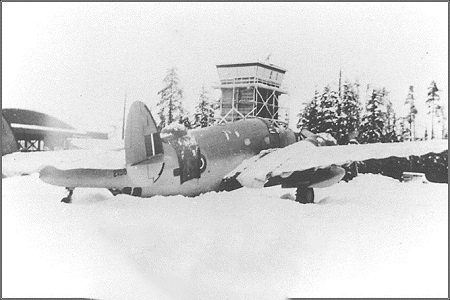
It was from these locations that RCAF 2198 and other No.149 Venturas would patrol the Pacific coast searching for enemy vessels, particularly submarines, of the Imperial Japanese Navy. Although decidedly far from the limelight which aviators protecting more populous regions received, these long, grueling missions were every bit as important to safeguarding North American shores. Indeed Ventura aircrews often faced situations as fraught with physical danger as those flying in more active combat zones, such was the temperamental and frequently hostile nature of the local environment in which they served. Thankfully, Ventura 2198 always brought her crew safely home; she survived WWII and remained in RCAF service until stricken on January 22nd, 1947. Canada’s War Assets Commission put the patrol bomber up for public sale soon after.
Like several U.S. WWII-era medium bomber types, the Lockheed Ventura and its younger sibling, the PV-2 Harpoon, enjoyed some success in the immediate post-war civilian market. Their endurance, roomy fuselage and relatively high speed made them ideal executive transports once their combat features were modified/deleted to allow the installation of such niceties as sound-proofing, comfortable seating and picture windows in the fuselage. RCAF 2198 was one such aircraft to receive these modifications. After arriving back in the United States, the aircraft’s new owner placed it on the civil register as N64004. Aero Trades, an aftermarket aeronautical modification shop, converted the Ventura into an executive transport within their facility at MacArthur Airport on Long Island in New York State, completing the work by October 29th, 1950.
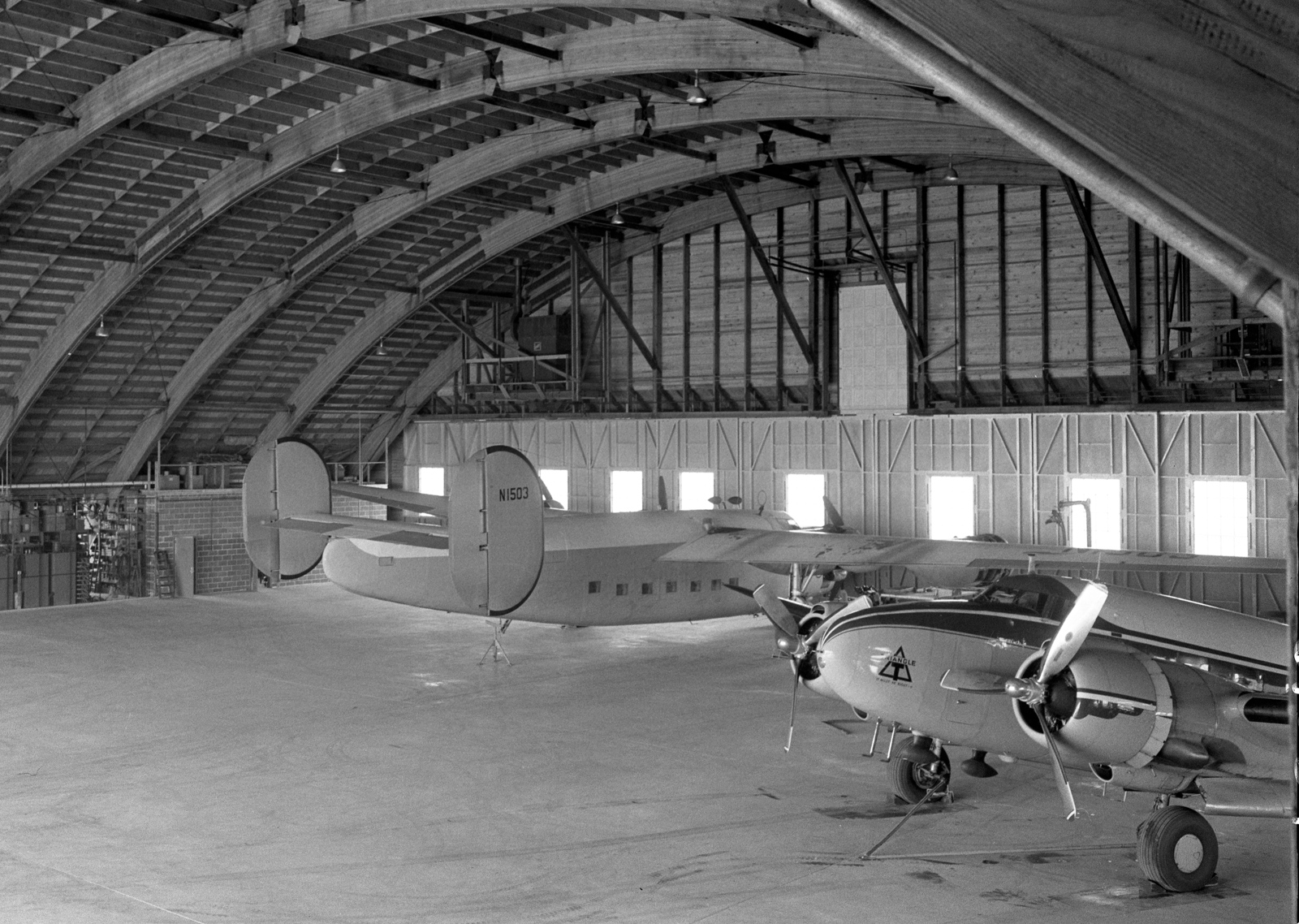
A few years later, Howard Aero of San Antonio, Texas acquired the airframe (along with a number of other similar examples) and modified the aircraft again, reconfiguring it into a far plusher executive transport, which the company then branded as a Howard Super Ventura. The conversion, completed on July 7, 1958, involved extending the aircraft’s fuselage by 48 inches, adding extra fuel tanks, stockier landing gear from the PV-2 Harpoon, large picture windows, baggage compartments, and a new luxury interior. The Northern Pump Company of Minneapolis, Minnesota bought the freshly-upgraded aircraft from Howard, re-registering it as N234P. At some point in its time with Northern Pump, the aircraft underwent further modifications to become a Howard 350, flying with the organization until February, 1979.
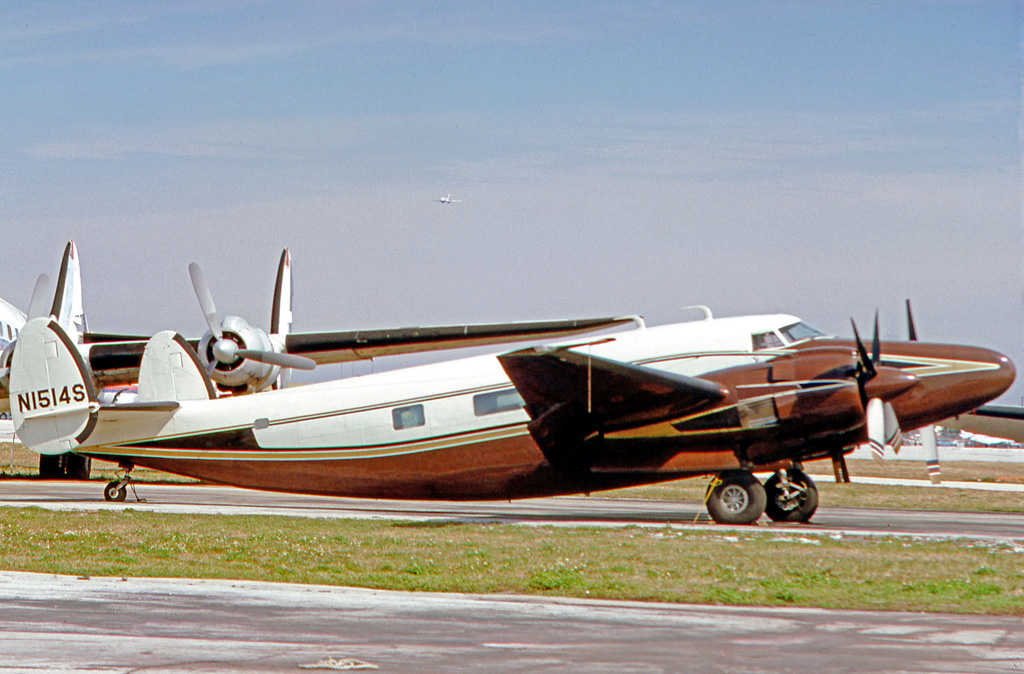
Following its time with Northern Pump, N234P spent a couple of years operating with new owners on the U.S. East Coast. However, in New Smyrna, Florida on October 8th, 1984, the local police seized the aircraft. At present, we have yet to find the details behind this seizure but regardless, the action resulted in the aircraft becoming property of the City of New Smyrna. The legendary warbird collector, Harry Doan acquired the aircraft from the city in 1986, but following his death in 1992 (when the Douglas Skyraider he was landing flipped over during the roll-out) his collection was put up for sale at auction. The Ventura then passed through three owners in quick succession. In October 1994, a fuel leak in the starboard wing caused a small fire when the aircraft was on the ground. While the damage was soon repaired, the aircraft was again sold, this time to Patrick Taylor, of New Orleans, Louisiana. The aircraft was now flying as a warbird, with a WWII-style U.S. Navy livery, albeit with the N-number displayed prominently on the tail and post-1947 US insignia on the wings and fuselage. The aircraft was based out of New Orleans Lakefront Airport, which Hurricane Katrina ripped through in August 2005. While N234P survived this tragedy, her flying days were over; a new chapter in the aircraft’s story was about to unfold.
With the formation of Orange County Great Park, on land which was once part of Marine Corps Air Station El Toro, the city of Irvine began acquiring aircraft to create a museum dedicated to the now-shuttered base’s operational history (1942 to 1999) and to honor local veterans, some of whom had served at El Toro. They acquired the Ventura, and trucked the battered airframe from New Orleans to Irvine; it arrived on September 22, 2008. Within a year, N3N-3 (BuNo.04425) and SNJ-5 (BuNo 43921 – formerly AT-6D 42-88402) also joined the Ventura at Great Park. A restoration team began working on the Ventura inside Hangar 114, making significant progress with the project as the images below attest.
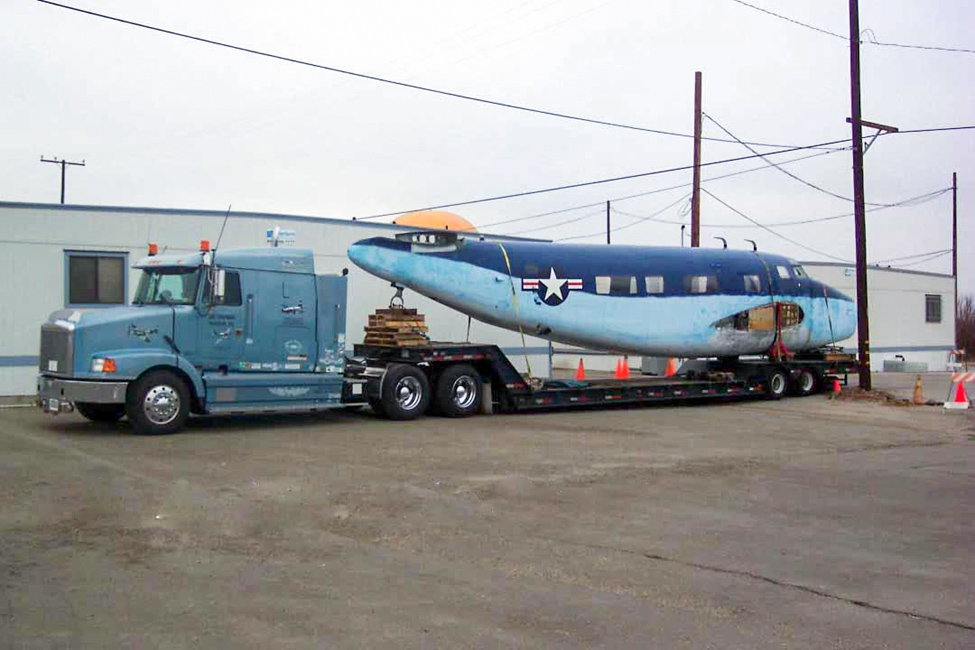
According to the city of Irvine, they halted the restoration effort in 2015; the aircraft presently remains in storage within Hangar 114 and out of public view. However, with the announcement that the Flying Leathernecks Aviation Museum will be reestablishing itself within the confines of their old home at El Toro (setting up residence in Hangar 296) it seems that BuNo.33327 may finally have a place of honor which the public can visit. The museum plans a soft-opening in 2024, and we will keep readers posted with any news of the next phase in this Ventura’s remarkable history of survival. Watch this space! [Update, November 2023.]
The author would like to express his appreciation to Tom O’Hara for providing information and numerous images for this article.







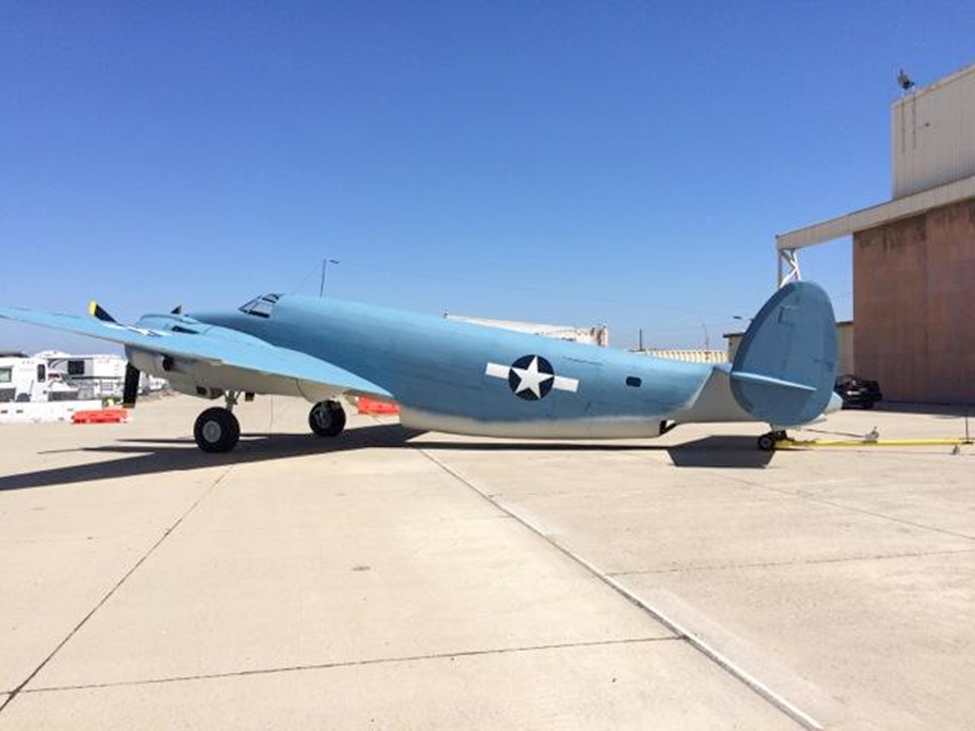

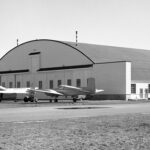
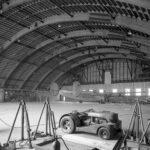
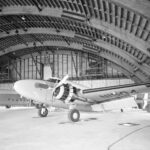
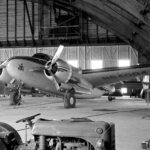
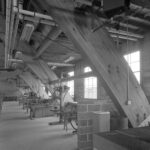
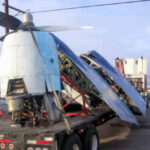
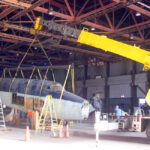

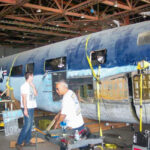
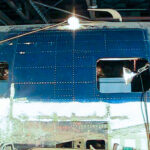
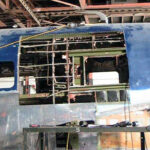
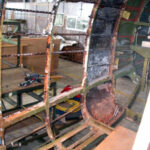
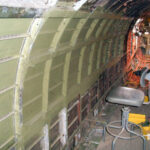
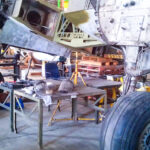
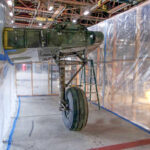
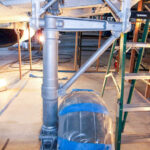
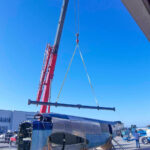
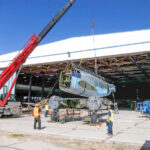
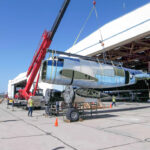
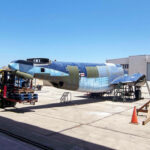
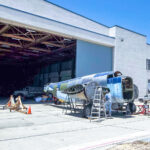
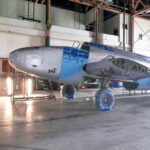
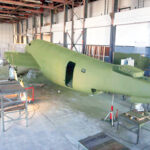
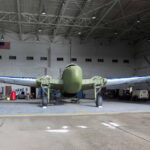
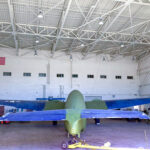
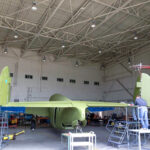
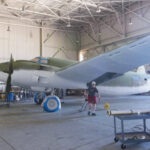
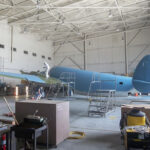
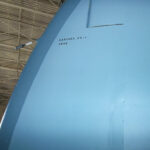
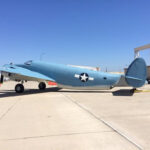
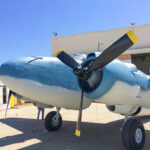

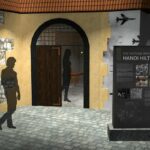
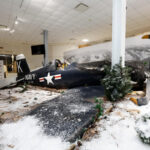
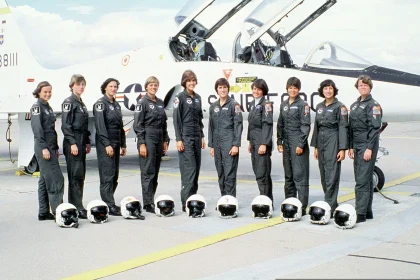
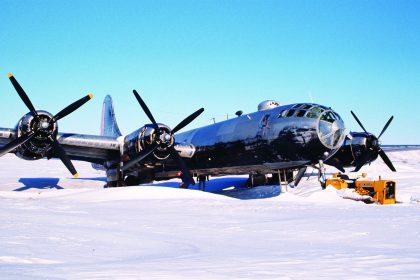
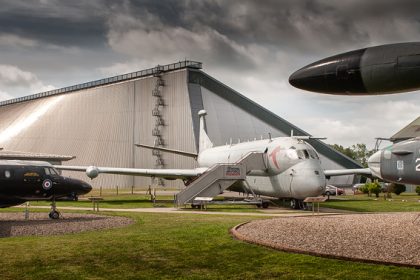
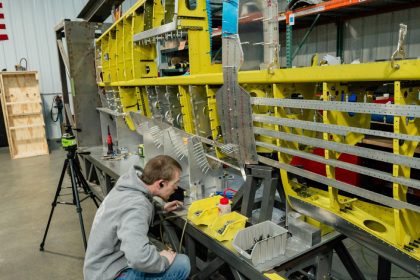


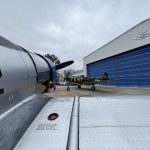
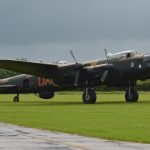
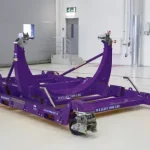
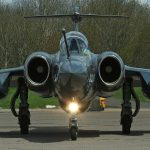



Very good article, very cool to trace the history of the aircraft from the factory till now. My one request is that the add at the bottom of the screen be gotten rid of, because it covers the captions at the bottom of the pictures, hiding the information displayed there. Thanks!
Thanks for the note Emmett. I am glad that you enjoyed the article. At first I wasn’t sure I understood how your problem arose (regarding the ad placement). I typically use my laptop to check the look of the piece, and the problem does not occur in those circumstances. However, when I used my phone and iPad, I did notice that the ads sometimes obscure the image captions. I will talk to our developer to see how we might be able to mitigate this issue. Thanks again for pointing this problem out… and thank you for your support!
This is so sad… https://warbirdsnews.com/warbirds-news/the-city-of-irvine-neglects-and-destroys-pv-1-ventura.html
Great article, Adam. I found it when searching for “where is it now” info on this PV-1. I was present in 1992 at the Harry Doan auction by Starman Enterprises. Can you believe it sold for only $68,000?
That’s great to hear, Chuck! That price is really something, even adjusting for inflation. I haven’t heard anything more recent about the Ventura since the publication of this article, but I will certainly keep a close eye on it.
Earlier today, I had the chance to visit the HMM-268 hangar and saw a plane that had clearly seen better days. Covered in inches of dust and surrounded by the remnants of a time gone by, the aircraft looked like it hadn’t been touched in decades. Despite its forlorn appearance, it was clear that this plane had a story to tell.
As I approached it, I noticed that a piece from the belly of the plane was missing, and upon further inspection, I found it collecting rust and dust in the weeds outside. The sight was rather depressing, to be honest. It’s a shame to see a piece of history left to deteriorate like this.
Nonetheless, I couldn’t resist getting a photo of the plane. Despite its condition, it still exuded a certain sense of majesty and grandeur. Looking at it, I couldn’t help but wonder about the many missions it must have flown and the brave men and women who had flown it. It’s a testament to the courage and sacrifice of our armed forces.
Hopefully, this aircraft will eventually receive the restoration it deserves, and future generations will be able to appreciate it as much as I did today.
Thanks for writing in Eric… We would love to know which aircraft you are talking about, especially if you have any images you can share. Perhaps we can help. Cheers, Richard
I’m speaking of the Lockheed PV-1 featured this article, BuNo.33327. As for the image, I only managed to take one from the front, as the hangar itself is sealed besides a crack in the hangar doors. Also, if I were capable of entering the structure, I wouldn’t want to disturb anything.
Many thanks for your response Eric… it is sad to hear that the aircraft is in need of further attention, given all the hard work already lavished on the airframe. Hopefully that situation will change for the better in the near future!
Little update, I found the side entrance to be unlocked and ajar, so I naturally went inside. I was immediately greeted by the tail of the aircraft. I looked around the hangar and found that there were original photos of the plane, rested on a table under the starboard wing. I recognized some images from this article, but there was also quite a few that I have not seen before. The hangar was surprisingly nearly untouched by vandals, or anyone overall, which I considered strange, as the door was open and swinging in the wind, and somehow almost looked inviting (or maybe that was just me). I took some more photos that capture this majestic classic, bathed in the light from the overcast sky through the gap in the Hagar doors. By the way, is there any way I can share photos through here?
Many thanks for writing in Eric. It is a little concerning that you were able to enter the facility so easily, and without meeting anyone. As for posting photos, the best way might be to share them on our facebook page.
Just wanted to post so that this PV-1 gets an update and not lost into memory. Saw a Reddit post on the Orange County subreddit that they plan to have two aircraft hangars at the former MCAS demolished by next week. One of those hangers still has this plane in it and a worker doing a pre-demo walkthrough snapped a picture of it still in the hangar. It has been spray painted by vandals unfortunately, but other than that still looks pretty good. The poster said he heard they will still be holding onto the plane and moving it for possible inclusion in the museum. Just wanted to post an update. Picture of it is in this gallery here- https://www.reddit.com/gallery/17b46be
I have bad news. I visited the hangar at El Toro today to check if its demolition has started, and it indeed has. As of now, November 10th, 2023; a pile of blue and green scrap metal lie under the sky, once a PV-1. The aircraft in this article has been destroyed by the city that worked so hard to restore it.
That’s terrible to hear about that, especially since I reached out to General Aguilar of the Flying Leathernecks Aviation Museum about saving this aircraft. If you have any photos, I could use them for an update piece. As a matter of fact, I only just found out about the hangar demolition myself.
I do have several photos, where can I send them?
Thank you Eric. We’ve passed your details on to Adam, and he’ll be in touch.
I have shared a concise article on the recent demolition on Reddit, specifically on the subs r/USMC and r/Irvine. The post comprises a paragraph accompanied by four photographs that I personally captured at the site. You may access the content through the following: https://www.reddit.com/r/USMC/comments/187t0vv/farewell_to_city_of_irvines_lockheed_pv1_ventura/?utm_source=share&utm_medium=web2x&context=3.